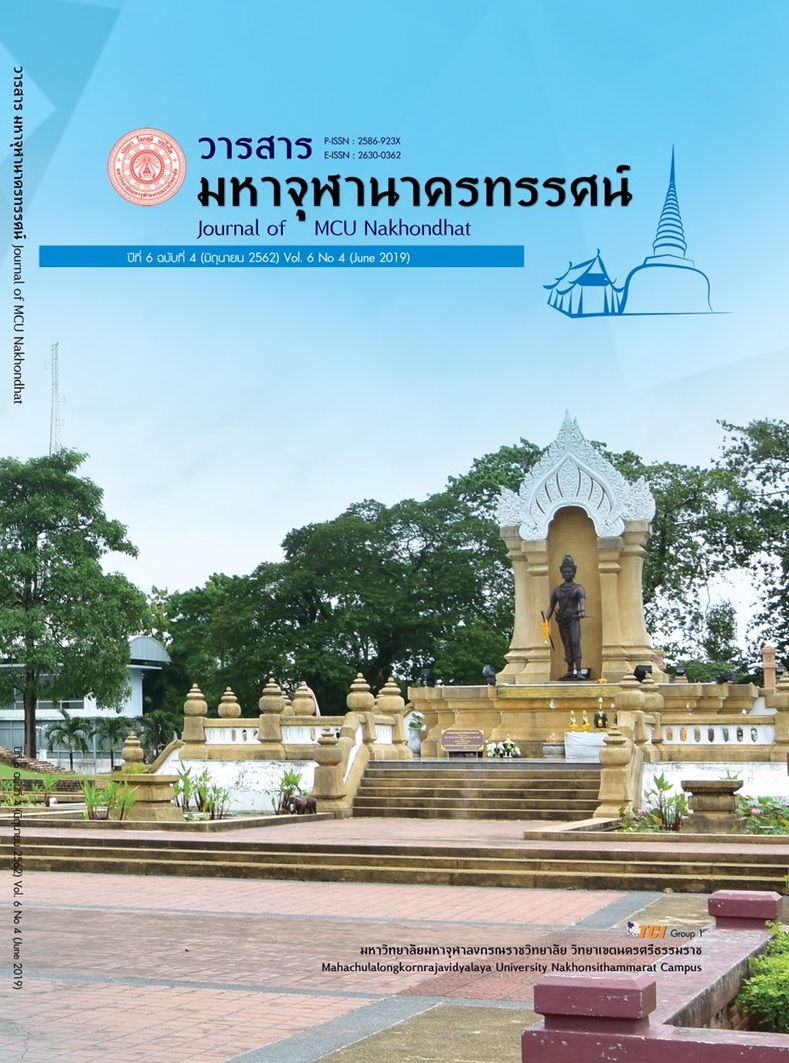POINT OF ATTENTION WHEN USING “LIHECI” - - TIPS FOR THE THAI LEARNERS AND TEACHERS CHINESE
Main Article Content
Abstract
This article aims to analyze and compare Thai and Chinese grammatical structures that may cause confusion to the students whose mother tongue is Thai. Particular focus is placed on errors when using separate words “Liheci”, the verb constructed from several constituents. Each constituent has its place based on specific grammatical structure. The influence of different grammar in Thai language plays a big role when handling the verb groups. To illustrate this, placement and positions of Chinese auxiliary verbs, adjuncts, and adverbs are apparently different from those in Thai. In addition, although reduplication of verbs, adjectives, and nouns exists in both languages, the formations are not completely identical. Therefore, Thai learners of Chinese should be aware of the differences so that they can correctly perform usage of verb groups “Liheci” instead of relying on the grammar in their Thai mother tongue.
Article Details
References
Pan, Y. (2011). Shiyong Tai-Han Fanyi Jiaocheng (ทักษะการแปลไทยเป็นจีน). Beijing: Shijie Tushu Chuban Gongsi.
Wang, X., Gao, Y. (2009). Bianting bianji HSK liheci. Beijing: Beijing Yuyan Daxue Chubanshe.
Xing, F. (2004). Xiandai Hanyu (Modern Chinese). Beijing: Gaodeng Jiaoyu Chubanshe.
Yang, Q. (2006). Xiandai Hanyu Liheci yongfacidian. (Modern Chinese Liheci usage Dictionary). Beijing: Beijing Shifadaxue Chubanshe.
Zhongguo Shehui Kexueyuan Yuyan Yanjiusuo. (2002). Xiandai Hanyu cidian (Moderen Chinese Dictionary). Beijing: Shangwu Yinshuguan Chubanshe.


